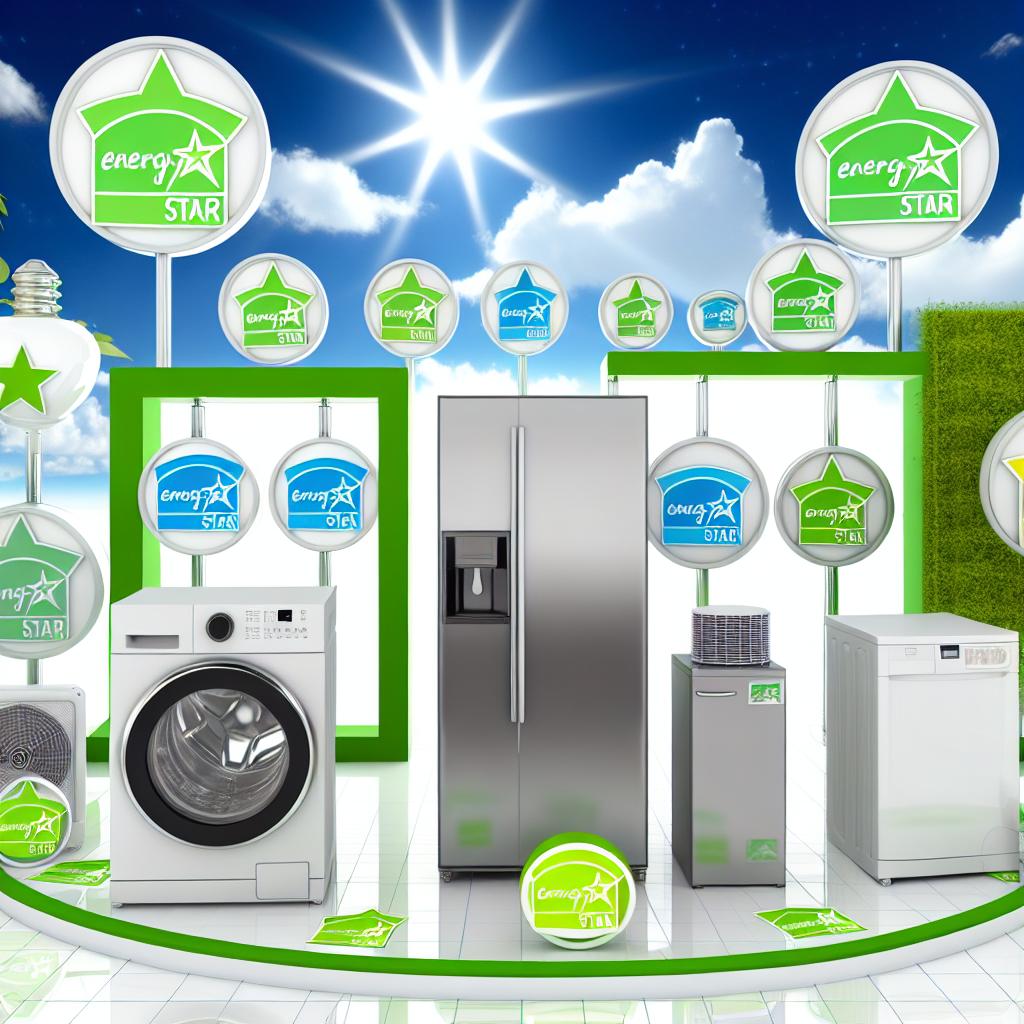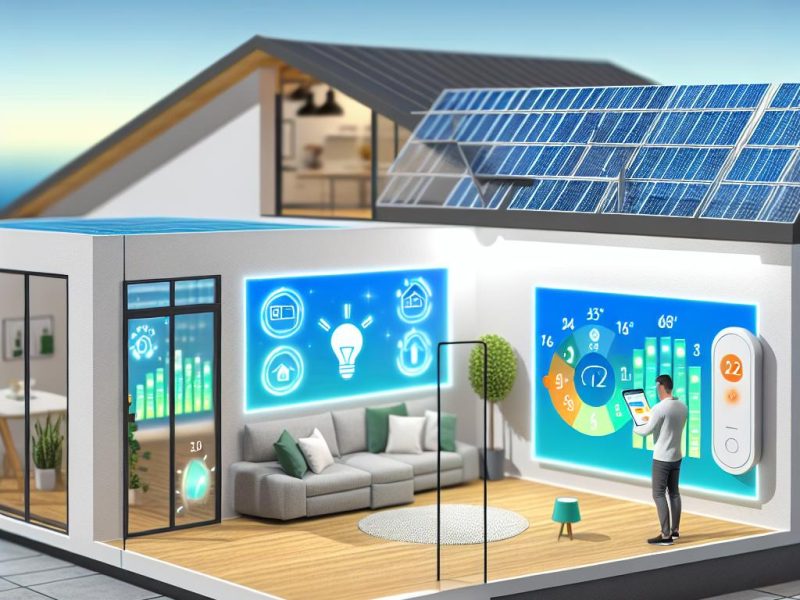Understanding Energy Star Certification
The Energy Star program, a reliable and well-respected indicator of energy efficiency, is a pivotal initiative endorsed by the U.S. Environmental Protection Agency (EPA). The primary goal of this program is to assist consumers in identifying products that not only save energy but also save money while safeguarding the environment. Energy Star-certified products adhere to stringent energy efficiency guidelines, highlighting their proficiency in curtailing greenhouse gas emissions.
Importance of Energy Star-Certified Products
Choosing products that bear the Energy Star certification provides not only advantages in terms of personal energy and cost savings but also contributes significantly to environmental health. These products typically require less energy for operation, which consequently lowers utility bills. By utilizing reduced amounts of energy, they also contribute to minimizing negative environmental impacts, such as decreasing air pollution and greenhouse gas emissions. Energy Star products are engineered to be not only efficient but often deliver enhanced performance and demonstrate greater durability across their operational lifespan.
Types of Products
The Energy Star label is awarded to a diverse array of product categories, and these categories include but are not limited to:
Appliances: Many household appliances such as refrigerators, dishwashers, and washing machines are designed to consume less energy and water. By selecting these appliances, consumers benefit from reduced energy bills and a decreased environmental footprint.
Electronics: Energy-efficient electronics like televisions, computers, and lighting fixtures are specifically designed to operate using minimal electrical power. Investing in Energy Star-certified electronics means enjoying advanced technology with a lower impact on energy resources.
Heating and Cooling: HVAC systems, comprising air conditioners, furnaces, and heat pumps, that have received the Energy Star certification are noted for their capacity to deliver significant energy savings. These systems are formulated to maintain comfort while utilizing less energy.
Key Features to Consider
When evaluating Energy Star-certified products for potential purchase, several key features merit serious consideration to optimize both efficiency and performance:
Energy Efficiency Ratio (EER) or Seasonal Energy Efficiency Ratio (SEER): For HVAC systems, these specific ratios gauge the efficiency of a product. A higher rating signifies superior efficiency, meaning the product delivers more cooling or heating output for each unit of energy input it employs.
Annual Energy Consumption: Prospective buyers should cautiously examine annual energy consumption labels that estimate the approximate yearly energy cost. Such information offers valuable insight regarding the long-term affordability and running costs associated with the product.
Size and Capacity: Ensuring that a product matches your size and capacity needs is essential. Properly sized products do not only guarantee energy efficiency but also assure optimal functionality, allowing them to operate within their intended performance range.
How to Identify Energy Star Products
Energy Star-certified products distinctly feature the recognizable Energy Star logo, guaranteeing compliance with established energy efficiency standards. To confirm a product’s certification status, consumers can utilize the official Energy Star website, which serves as an authoritative resource. This website offers not only verification services but also comprehensive product specifications and facilitates comparisons across different categories.
Conclusion
By incorporating Energy Star-certified products within homes or businesses, individuals can realize substantial energy savings while simultaneously embracing environmentally conscious practices. Gaining a thorough understanding of essential features like energy efficiency ratios and projected consumption costs empower consumers to make informed choices that resonate with their energy conservation endeavors. For an enriched understanding and further assistance, consulting reliable resources ensures that purchases reflect thorough consideration of energy use efficiency. Integrating such consciousness into purchasing decisions supports global efforts to mitigate energy overuse and fosters a broader culture of sustainability.



